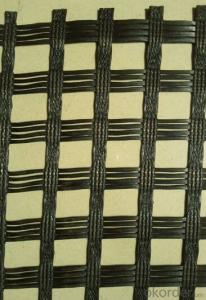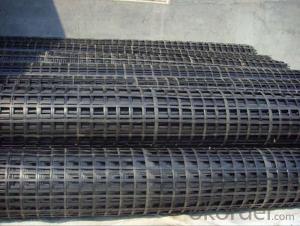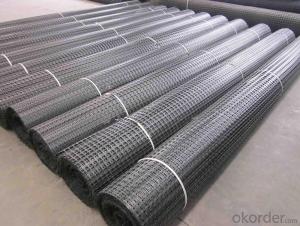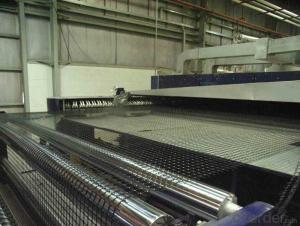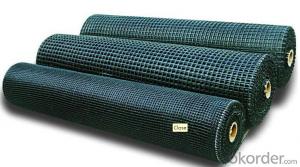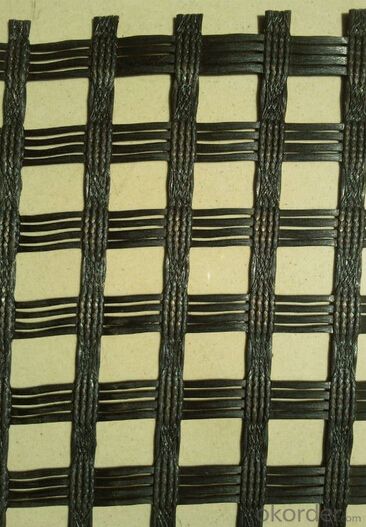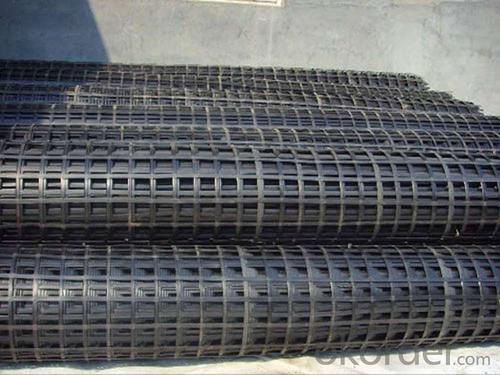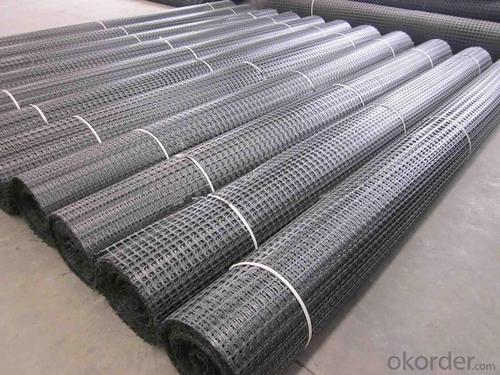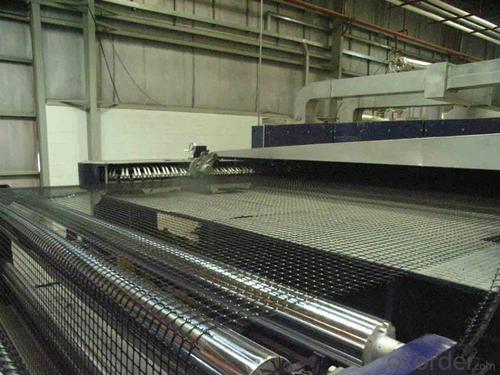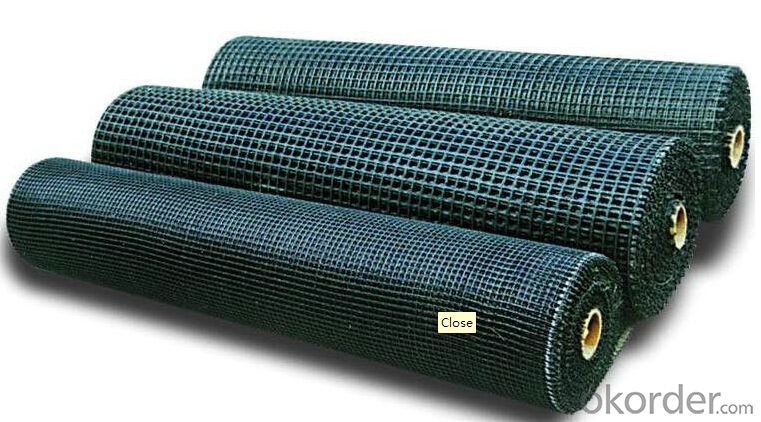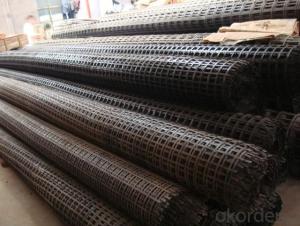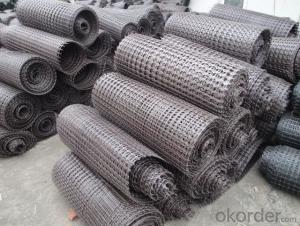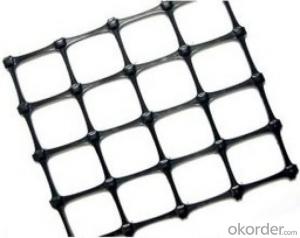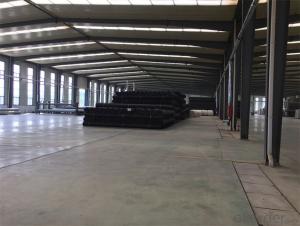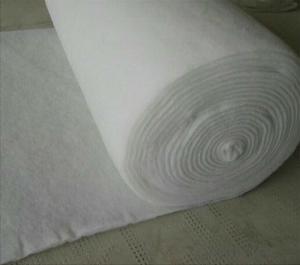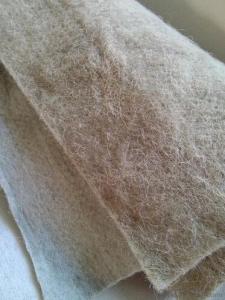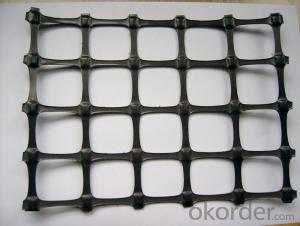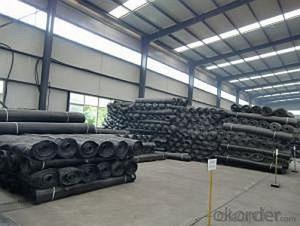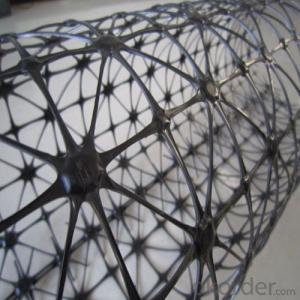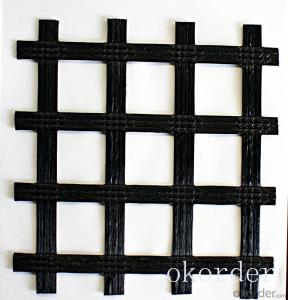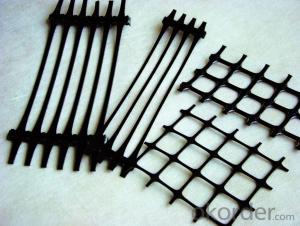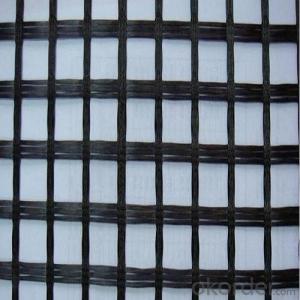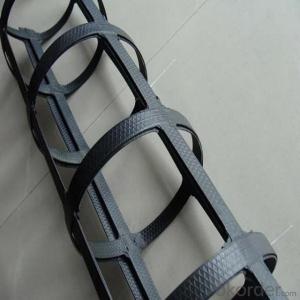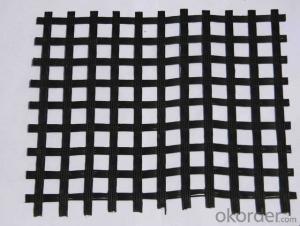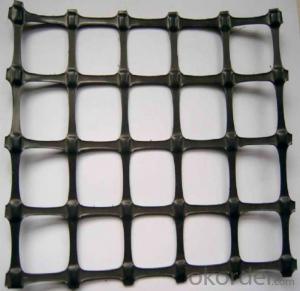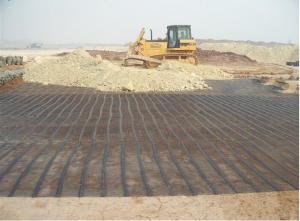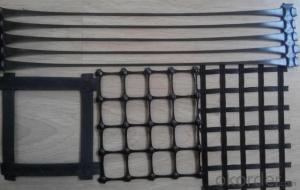Geogrids Philippines - Fiberglass Geogrid Manufacturer with Low Elongation
- Loading Port:
- Qingdao
- Payment Terms:
- TT OR LC
- Min Order Qty:
- 50000 m²
- Supply Capability:
- 2000000 m²/month
OKorder Service Pledge
OKorder Financial Service
You Might Also Like
Fiberglass Geogrid Manufacturer with Low Elongation
Description Of Fiberglass Geogrid Manufacturer with Low Elongation:
Fiberglass geogrid is a kind of new favorable earthwork base material to strengthen the road surface and roadbed.This product is made by weaving and covering fiberglass filament. It is featured by high vertical and horizontal tensile strength, low unit extension, high flexibility, and favorable high and low temperature resistance.The products after surface covering own the favorable property of alkali resistance and aging resistance. It is used widely to increase the asphalt road surface, concrete road and roadbed (both soft and hard road surfaces). Compared with the traditional road surface, it reduces the cost, prolong the service life, and avoid the reflection road crackle. This product is also used to strengthen the soft land, such as railway, airport, irrigation work, and dyke, etc, and the roadbed.
Main Features of Fiberglass Geogrid Manufacturer with Low Elongation:
1.High tensile strength, low elongation.
2.No long-term creep: the product can keep for a long time performance.
3.Thermal stability: fiber glass melting temperature above 1000 ℃.
4.The compatibility with asphalt.
5.Physical and chemical stability.
Specifications of Fiberglass Geogrid Manufacturer with Low Elongation:
Tensile Strength (KN) | Warp | >30 | >50 | >60 | >80 | >100 | >120 | >150 | >200 |
Weft | >30 | >50 | >60 | >80 | >100 | >120 | >150 | >120 | |
Elongation(%) | <4< p=""> | <4< p=""> | <4< p=""> | <4< p=""> | <4< p=""> | <4< p=""> | <4< p=""> | <4< p=""> | |
Mesh Size(mm) | 25.4*25.4 | 25.4*25.4 | 25.4*25.4 | 25.4*25.4 | 25.4*25.4 | 25.4*25.4 | 25.4*25.4 | 25.4*25.4 | |
Elastic Modulus | 76 | 76 | 76 | 76 | 76 | 76 | 76 | 76 | |
Width(m) | 1~6 | 1~6 | 1~6 | 1~6 | 1~6 | 1~6 | 1~6 | 1~6 | |
Length(m) | 50~300 | 50~300 | 50~300 | 50~300 | 50~300 | 50~300 | 50~300 | 50~300 | |
Temperature Resistant(℃) | -100~280 | -100~280 | -100~280 | -100~280 | -100~280 | -100~280 | -100~280 | -100~280 | |
Resin Content (%) | 18~20 | 18~20 | 18~20 | 18~20 | 18~20 | 18~20 | 18~20 | 18~20 | |
Glue Type | Bitumen PVC SBR soakage | Bitumen PVC SBR soakage | Bitumen PVC SBR soakage | Bitumen PVC SBR soakage | Bitumen PVC SBR soakage | Bitumen PVC SBR soakage | Bitumen PVC SBR soakage | Bitumen PVC SBR soakage | |
Applications of Fiberglass Geogrid Manufacturer with Low Elongation:
Strengthen bitumen concrete roadway and reduce and prevent various kinds of reflection gaps on roadway.
1. Maintenance of old asphalt road reinforcement of asphalt pavement.
2. Converting old cement concrete road into composite road.
3. Restraining reflection cracking caused by block shrinkage.
4. Preventing and controlling the cracking caused by new and old combination and uneven settlement.
5. Road extension.
6. Reinforcement of soft soil foundation and overall strength of roadbed.
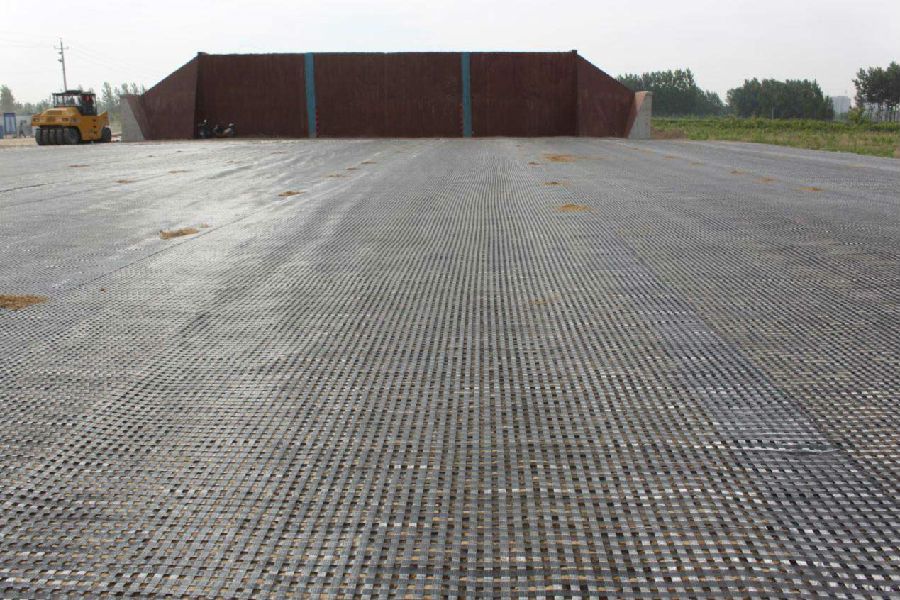
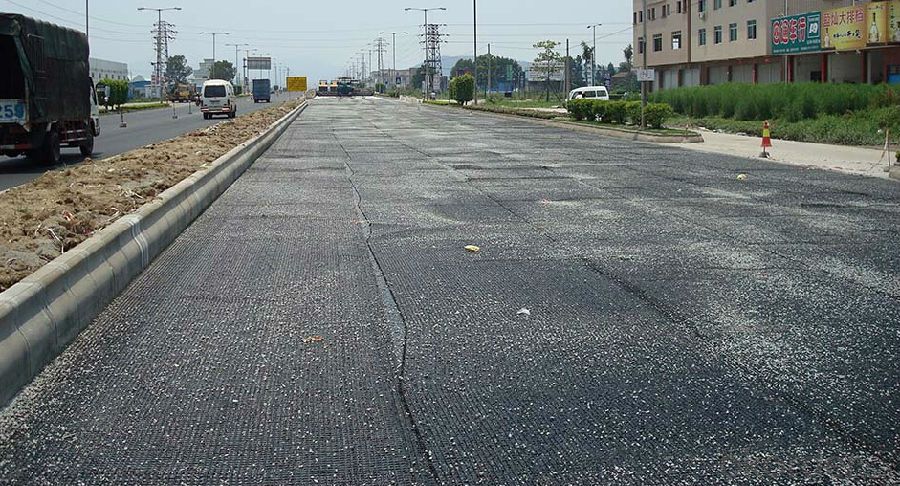
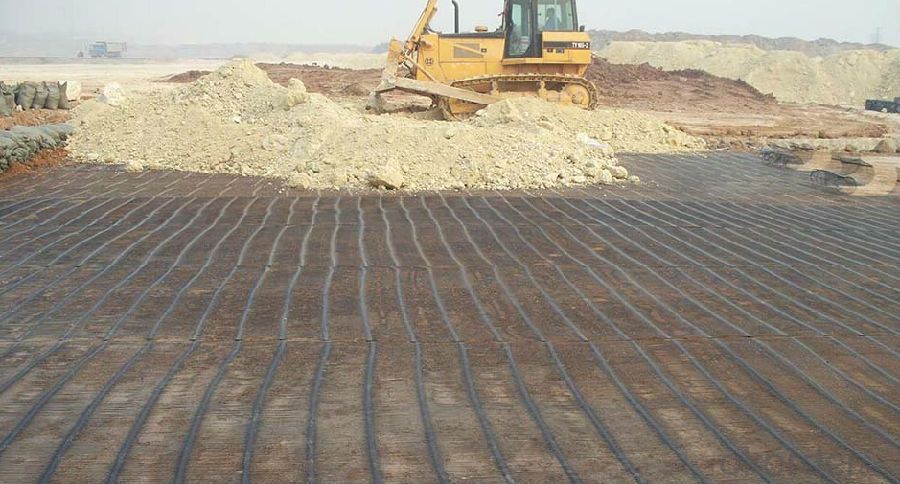
IMages of Fiberglass Geogrid Manufacturer with Low Elongation:
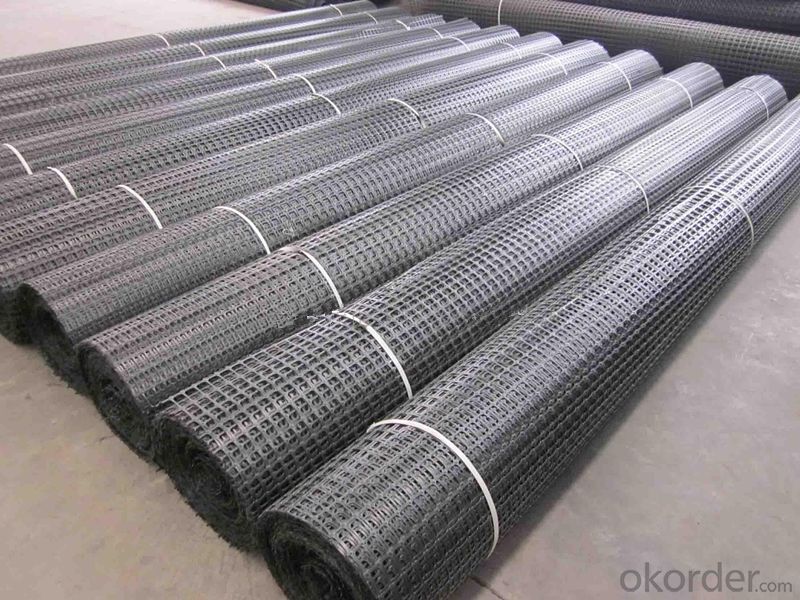
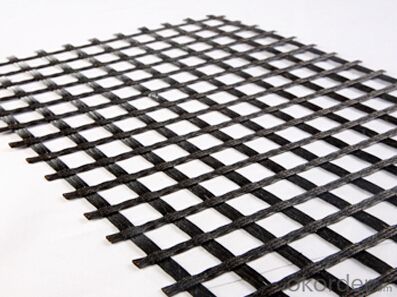
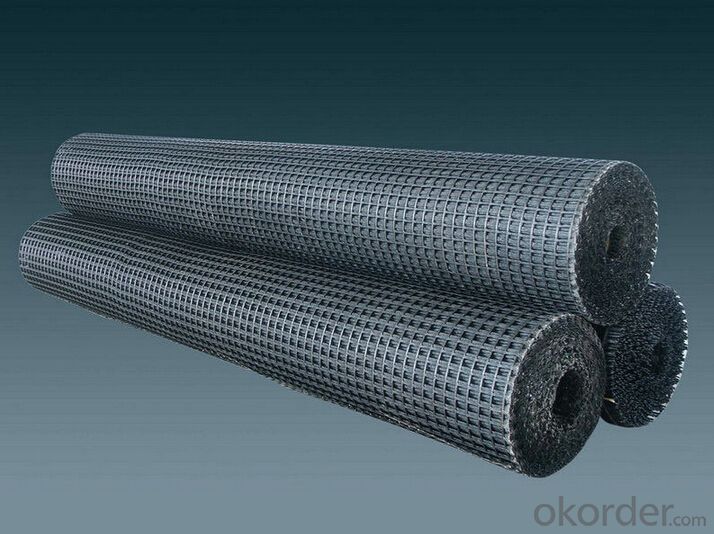
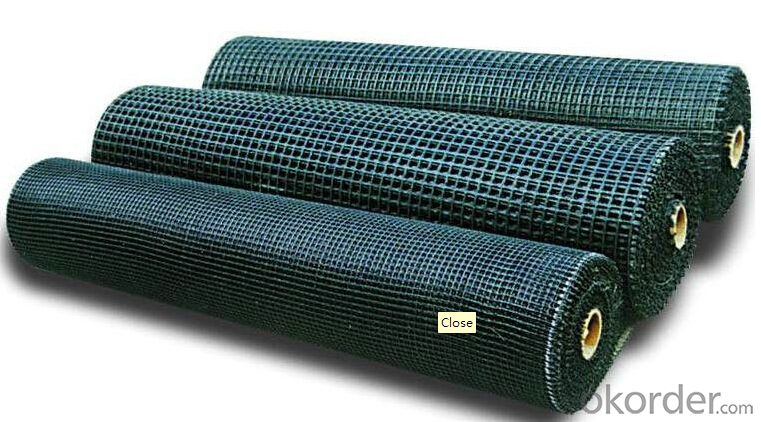
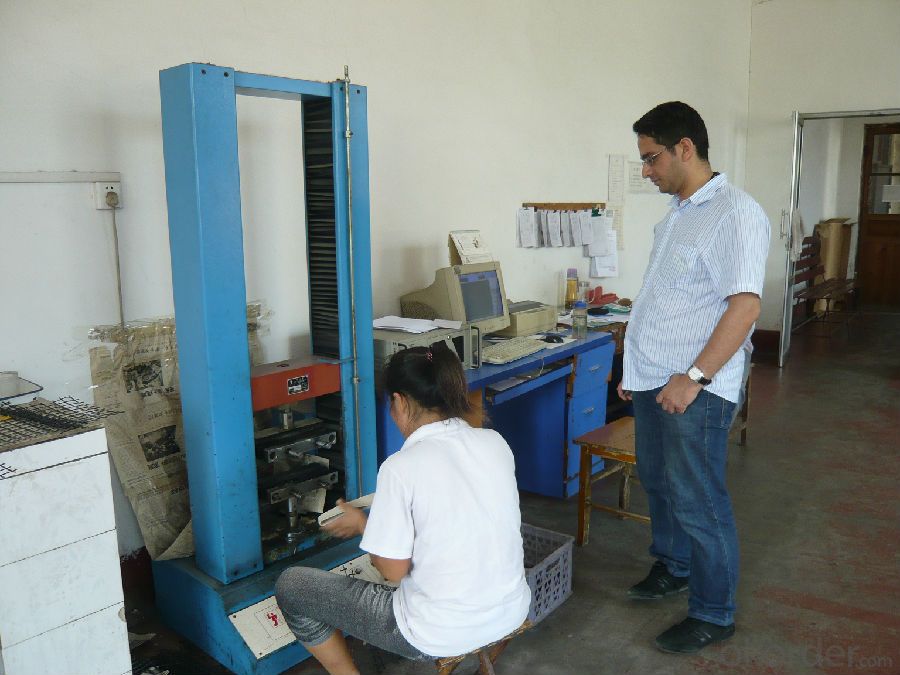
FAQ of Fiberglass Geogrid Manufacturer with Low Elongation:
1. What are we supplying?
We are specialized in producing Geosynthetic materials, like Geogrid Series, HDPE Geocell, Geonet, Geotextile, Geomat, Tri Denmensional Composite Grainage Geonet, and Geomembrane Series.
.
2. How Many years experience do we have?
We have been exported to more than 20 countries in the past 15 years.
3. How long do we usually reply your request?
We always reply our customer within 24 hours.
- Q: Are geogrids suitable for reinforcement of mechanically stabilized aggregate layers?
- Yes, geogrids are suitable for reinforcement of mechanically stabilized aggregate layers. Geogrids are designed to enhance the load-bearing capacity and stability of soil or aggregate layers. They can effectively distribute and transmit load forces, improving the overall performance and longevity of mechanically stabilized aggregate layers.
- Q: How much is the tensile strength of geogrid???????
- Solder paste type: 200KN or less
- Q: I am a quality inspector, I would like to know what is the standard implementation of Geogrid
- 4:YT030 geotextile effective aperture measuring instrument5:YT040 type dynamic testing instrument for geotextiles6:YT050 type geotextile wear tester
- Q: What are the types of Geogrid
- Glass fiber geogrid, 1595341 polyester fiber geogrid, glass fiber, polyester composite geotextile, steel plastic composite geogrid, PP grid, one-way two-way stretching plastic geogrid,
- Q: Can geogrids be used in temporary access roads?
- Yes, geogrids can be used in temporary access roads. Geogrids are commonly used in construction projects to reinforce and stabilize the ground, making them ideal for temporary access roads that need to withstand heavy traffic and provide stability for construction vehicles. By distributing the load and preventing soil movement, geogrids can enhance the strength and durability of temporary access roads.
- Q: The difference between two way steel plastic grille and one way steel plastic grille
- There difference
- Q: Do geogrids provide reinforcement to geosynthetic clay liners?
- Yes, geogrids do provide reinforcement to geosynthetic clay liners. Geogrids are used in combination with geosynthetic clay liners to enhance their strength and stability. They help distribute loads and reduce settlement, improving the overall performance and effectiveness of the geosynthetic clay liner system.
- Q: Do geogrids provide long-term stability to slopes?
- Yes, geogrids provide long-term stability to slopes. Geogrids are highly effective in reinforcing slopes by providing additional strength and preventing soil movement. They improve soil stability, prevent erosion, and enhance the overall longevity of slopes.
- Q: The price of the type of geogrid manufacturers is the best phone
- No long-term creep as reinforcing material, have in long-term load under the condition of deformation resistance that the creep resistance is extremely important, glass fiber does not creep, which ensure product can maintain long-term performance.
- Q: Can geogrids be used in reinforcement of soil-nailing systems?
- Yes, geogrids can be used in reinforcement of soil-nailing systems. Geogrids are commonly used in soil reinforcement applications, including soil-nailing systems, to provide additional stability and strength to the soil. They are typically installed behind the soil nails to distribute the loads and prevent soil movement, enhancing the overall performance of the system.
Send your message to us
Geogrids Philippines - Fiberglass Geogrid Manufacturer with Low Elongation
- Loading Port:
- Qingdao
- Payment Terms:
- TT OR LC
- Min Order Qty:
- 50000 m²
- Supply Capability:
- 2000000 m²/month
OKorder Service Pledge
OKorder Financial Service
Similar products
Hot products
Hot Searches
Related keywords
